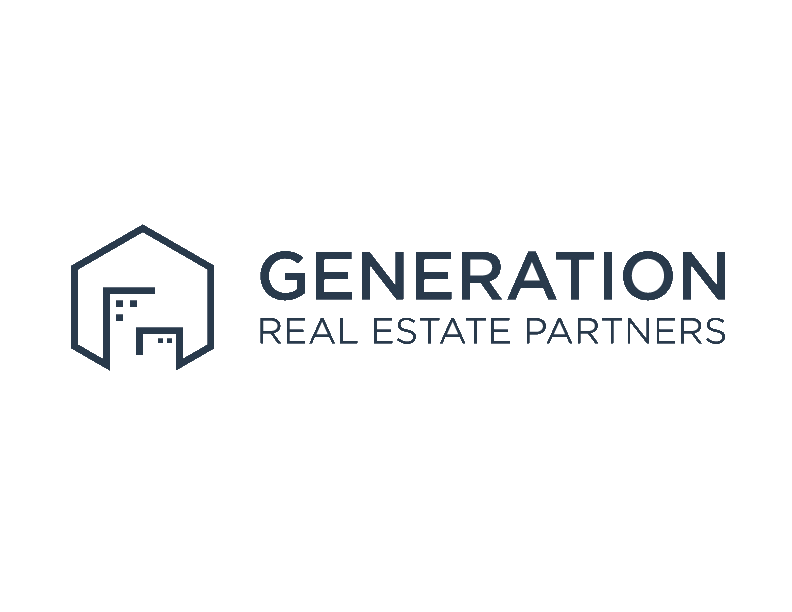sustainability in design
As stewards of the housing provided in the communities we live in, we take responsibility, and pride in, building a more sustainable city. From the beginning of the design process, we seek more efficient use of space, fixtures, appliances, and utilize cutting edge real estate technology to weave sustainability into every aspect of the building. Below are some of the approaches we take to create optimal living experiences for our customers, while also creating long-lasting thoughtful solutions to the issues of the future.
Water Efficiency
By utilizing low-flow fixtures and more efficient water boilers, we reduce outdoor water use by as much as 20%, indoor water use by as much as 30%, and energy use in many of our buildings.
Energy and Atmosphere
More efficient HVAC fixtures, higher R-value insulation, lower U-Factor windows, advanced energy metering, and refrigerant management are tools we use to reach reduce our building’s electrical loads. More efficient insulation and windows reduce heat transfer, lowering the demand for HVAC use.
Indoor Environmental Quality
When designing buildings architects and engineers, we take into consideration the use of low-emitting materials, thermal comfort, interior lighting, daylight accessibility, and acoustic performance. Better functioning buildings attract higher rents, generates demand, and keeps their residences longer.
Sustainable Sites
We assess sites before acquisition and design to offer more native habitat restoration with the use of native plants in planters, more open space through balconies and outdoor common areas, heat island reduction, and light pollution reduction with less intense light bulbs in outdoor light fixtures.
Materials and Resources
When constructing a building, we aim to use locally sourced vendors and raw materials (when possible) to reduce the building’s life-cycle impact. The use of local materials and vendors reduces the amount of transportation necessary to transfer materials to the building.
Location and Transporation
Accessibility to quality transit reduces the impact and congestion on city roads and can reduce the building’s parking footprint. Utilizing bike storage racks promotes the use of cycling over driving. And installing electrical vehicle charges offers tenants the ability to purchase and use electric vehicles.






